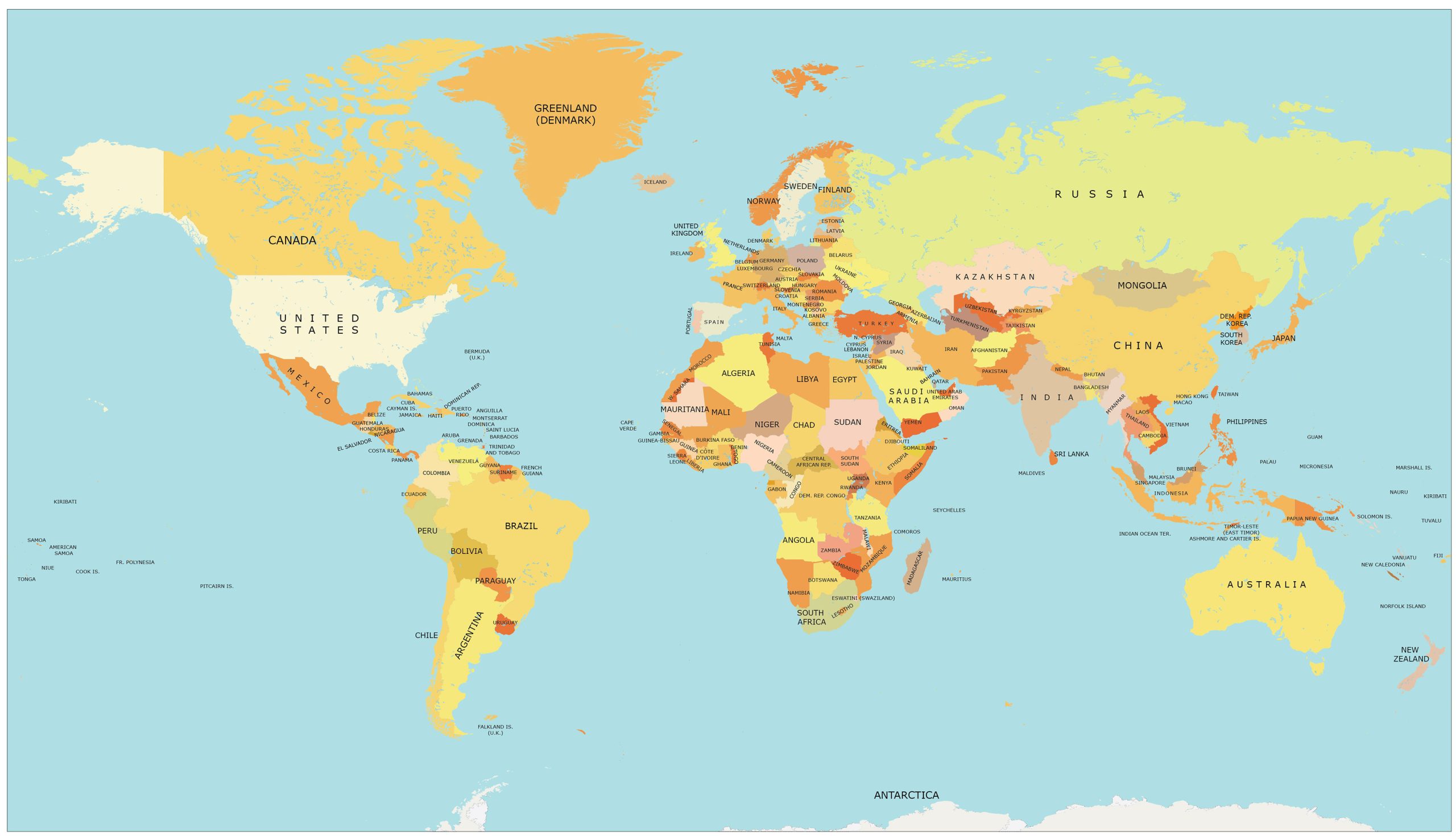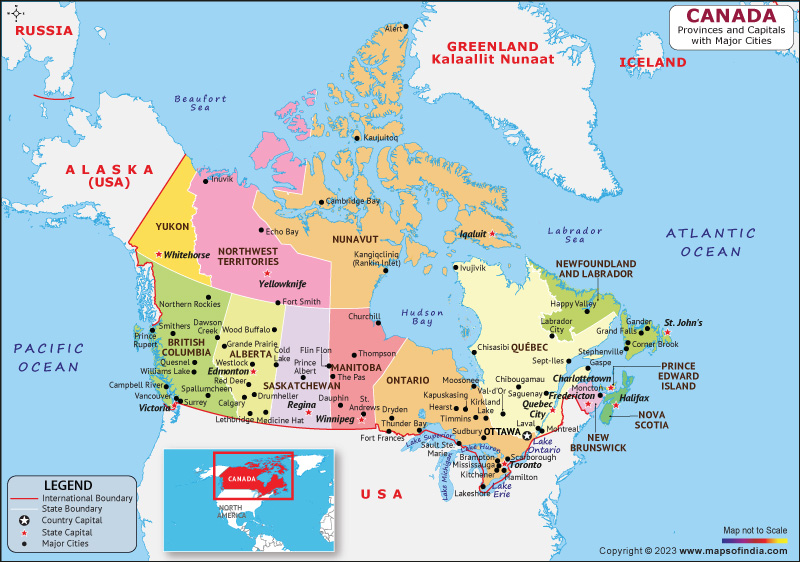
Lenapehoking: Unpacking the Map of a Nation’s Enduring Heart
Maps, at their simplest, are lines on paper, delineating geographical features and political boundaries. Yet, some maps transcend mere cartography, becoming windows into the soul of a people, chronicling their triumphs, their sorrows, and their unyielding spirit. The map of Lenape (Delaware) traditional territory, known as Lenapehoking, is precisely such a document. Far from a static historical artifact, it is a dynamic testament to a rich indigenous civilization, a chronicle of devastating displacement, and a powerful symbol of enduring identity and resilience. For the traveler seeking deeper understanding or the student of history, comprehending Lenapehoking is not just about geography; it is about grasping the profound connection between land, culture, and sovereignty.
Lenapehoking: The Heart of a Continent, The Cradle of a People
To truly understand the Lenape map, one must first visualize its immense scope and natural grandeur. Lenapehoking was not a small, isolated pocket of land; it encompassed a vast, ecologically diverse region stretching across what are now five U.S. states and parts of a sixth. Its boundaries were defined by natural features: the mighty Delaware River and its extensive watershed formed the core, extending east to the Hudson River and the Atlantic Ocean, south into present-day Delaware and Maryland, and west into eastern Pennsylvania. This grand territory included all of modern New Jersey, southeastern New York (including Manhattan, Long Island, and Staten Island), eastern Pennsylvania, and northern Delaware, with traditional hunting grounds extending into parts of Connecticut and Maryland.

This was a land blessed with abundant resources: dense forests teeming with game like deer, bear, and turkey; rivers and estuaries teeming with fish, oysters, and migratory birds; and fertile river valleys ideal for agriculture. The Lenape were master stewards of this land, practicing sophisticated resource management that ensured sustainability for generations. Their seasonal movements, guided by the rhythms of planting, harvesting, hunting, and fishing, were intricately tied to the land’s offerings. Lenapehoking was not merely a place of residence; it was the foundation of their spiritual beliefs, their social structures, and their very identity.
The Lenape: The "Original People" of Lenapehoking
The name "Lenape" translates to "The People" or "Original People" (from Lënape or Lenapéwihitt), a testament to their deep roots in this territory. Anthropological and archaeological evidence suggests their ancestors inhabited Lenapehoking for at least 10,000 years, establishing a complex and vibrant society long before European contact.
The Lenape were organized into a decentralized network of autonomous communities, united by shared language (primarily the Algonquian dialects of Munsee and Unami), cultural practices, and kinship ties. Society was largely matrilineal, meaning lineage and inheritance were traced through the mother’s side. Clans, often identified by totems such as the Turtle, Wolf, and Turkey, played a significant role in social organization and identity. Each community had its own sachem (chief) and council, making decisions through consensus.
Their subsistence strategies were diverse and adaptive. They were skilled farmers, cultivating the "Three Sisters" – corn, beans, and squash – which provided a stable food base. Hunting provided protein and furs, while fishing, especially for shad and eels during their migratory runs, was a crucial activity. Gathering wild plants, berries, and nuts supplemented their diet. This intricate relationship with the land fostered a profound ecological knowledge and a spiritual worldview that saw the natural world as interconnected and sacred. Lenapehoking was a living entity, a relative, not merely a resource to be exploited.
A Thriving World Before Contact: Lenapehoking in its Prime
Before the arrival of Europeans, Lenapehoking was a densely populated and thriving cultural landscape. Villages, often fortified, dotted the riverbanks and coastal plains, connected by an extensive network of trails that would later form the basis of colonial roads. Trade networks extended far beyond Lenapehoking, connecting the Lenape with other indigenous nations, exchanging goods like wampum (shell beads, which served as currency, historical records, and ceremonial objects), furs, and crafted tools.
The Lenape developed rich oral traditions, intricate ceremonies, and a distinctive artistic heritage, all deeply rooted in their connection to Lenapehoking. Their spiritual practices revered the Creator, the spirits of animals, and the ancestors, recognizing the cyclical nature of life and the importance of balance. This was a sophisticated society, self-sufficient and culturally rich, embodying a harmonious existence with their environment. The map, therefore, represents not just land, but a tapestry of human experience, wisdom, and sustainable living that had evolved over millennia.
The Dawn of a New Era: European Arrival and the Clash of Worlds
The tranquility and self-sufficiency of Lenapehoking were irrevocably altered with the arrival of European explorers and settlers. Henry Hudson’s exploration of the Hudson River in 1609 marked the beginning of sustained contact, first with the Dutch, then the Swedish, and finally the English. Initially, interactions were driven by trade, with the Lenape exchanging valuable furs for European goods like tools, textiles, and alcohol.
However, a fundamental misunderstanding, or rather a deliberate misinterpretation, of land ownership quickly emerged. For the Lenape, land was a communal resource, to be used and cared for, but not "owned" in the European sense of exclusive, alienable property. Agreements to "sell" land were often understood by the Lenape as granting rights for shared use or temporary access, not permanent relinquishment of sovereignty. Europeans, operating under a different legal and philosophical framework, saw these transactions as absolute sales, paving the way for eventual full-scale colonization.
Compounding this clash of worldviews was the devastating impact of European diseases. Lacking immunity to smallpox, measles, and other contagions, Lenape communities were decimated, with population estimates plummeting by as much as 90% in some areas. This catastrophic loss of life severely weakened Lenape social structures and their ability to resist colonial encroachment.
The Erosion of Lenapehoking: Colonization and Forced Displacement
The 18th century marked a period of intense pressure and systematic land dispossession for the Lenape. As colonial populations grew, the demand for land became insatiable. Treaties, often negotiated under duress or through fraudulent means, became instruments of land theft.
Perhaps the most infamous example is the "Walking Purchase" of 1737. This fraudulent land deal, orchestrated by Pennsylvania colonial authorities, claimed a vast tract of land based on a vague 1686 document. The terms stated that the Lenape would cede land as far west as a man could walk in a day and a half. While the Lenape expected a leisurely pace, the colonists hired three swift runners who covered an astonishing 65 miles, effectively seizing an area equivalent to Rhode Island. This act of blatant deception forced thousands of Lenape to abandon their ancestral homes, pushing them west into the Ohio Country.
Caught between competing colonial powers (British and French) and later the newly formed United States, the Lenape found themselves in an increasingly precarious position. Their attempts to maintain neutrality or side with powers they believed would protect them often backfired, leading to further land loss and escalating violence. The American Revolution, in particular, was devastating, as Lenape communities were caught in the crossfire, their lands becoming battlegrounds, and their populations further dispersed.
The Lenape Diaspora: A People Scattered, Not Broken
The relentless pressure from encroaching settlers and the U.S. government’s policy of "Indian Removal" led to a forced migration that scattered the Lenape far from Lenapehoking. Beginning in the late 18th and continuing through the 19th century, waves of Lenape people were pushed westward, first into Ohio, then Indiana, Missouri, Kansas, and finally, for many, to Indian Territory (present-day Oklahoma). Other groups found refuge in Canada, primarily in Ontario.
This forced diaspora resulted in the formation of distinct Lenape communities in these new lands, each adapting to new environments while striving to preserve their cultural identity. The map of Lenapehoking, therefore, becomes a poignant counterpoint to the maps of their subsequent migrations – a vivid reminder of what was lost, and what was painstakingly rebuilt. Despite the immense challenges of displacement, cultural suppression, and the trauma of removal, the Lenape maintained their languages, ceremonies, and their deep spiritual connection to their ancestral homeland. The memory of Lenapehoking remained a vital part of their collective consciousness.
Lenape Identity and Resilience Today: Reclaiming the Narrative
Today, the Lenape people continue to thrive, organized into several federally recognized nations in the United States and First Nations in Canada. These include:
- Delaware Nation (Anadarko, Oklahoma)
- Delaware Tribe of Indians (Bartlesville, Oklahoma)
- Stockbridge-Munsee Community, Band of Mohican Indians (Wisconsin)
- Munsee-Delaware Nation (Ontario, Canada)
- Moravian of the Thames First Nation (Ontario, Canada)
Despite centuries of displacement, cultural suppression, and assimilation policies, these nations are actively engaged in powerful cultural revitalization efforts. Language immersion programs are working to restore Munsee and Unami dialects. Traditional ceremonies, arts, and storytelling are being revived and shared with new generations. Contemporary Lenape artists, writers, and scholars are reclaiming their narratives, educating the public about their history and ongoing contributions.
Crucially, the connection to Lenapehoking remains profoundly significant. While most Lenape people no longer reside in their ancestral lands, they maintain a spiritual and cultural bond. Many travel back to visit sacred sites, participate in educational programs, and engage in land acknowledgments. They advocate for environmental protection, recognizing their ancient role as stewards of the land, and work to ensure their history is accurately represented in the very places that once constituted their entire world.
Why Lenapehoking Matters Today: A Call for Deeper Understanding
For the traveler venturing through New York, New Jersey, Pennsylvania, or Delaware, understanding the map of Lenapehoking transforms the landscape. It is no longer just a collection of historical towns or natural parks; it becomes a living tapestry woven with the history, spirituality, and resilience of the Lenape people. Visiting the Delaware Water Gap, exploring the forests of the Poconos, or walking the streets of Manhattan takes on new meaning when viewed through the lens of indigenous stewardship and the profound loss that colonization wrought.
For educators and students, Lenapehoking offers a vital lesson in indigenous sovereignty, the devastating impact of colonization, and the enduring strength of cultural identity. It challenges simplistic narratives of American history, urging a more nuanced and inclusive understanding that acknowledges the voices and experiences of the continent’s original inhabitants. It prompts critical questions about land rights, environmental justice, and the ongoing responsibilities of settler societies.
The map of Lenapehoking is more than a historical curiosity; it is a powerful educational tool and a call to action. It invites us to look beyond the visible, to hear the echoes of ancient languages, and to recognize the enduring spirit of a people who, despite unimaginable adversity, continue to honor their ancestors, preserve their culture, and assert their rightful place in the world. By engaging with this map, we not only learn about the past but also gain a deeper appreciation for the present and a greater sense of responsibility for the future. It is a reminder that the land remembers, and so, too, should we.
